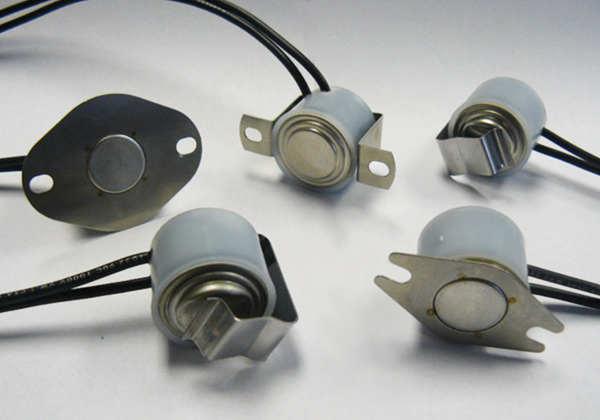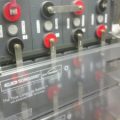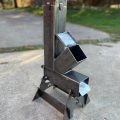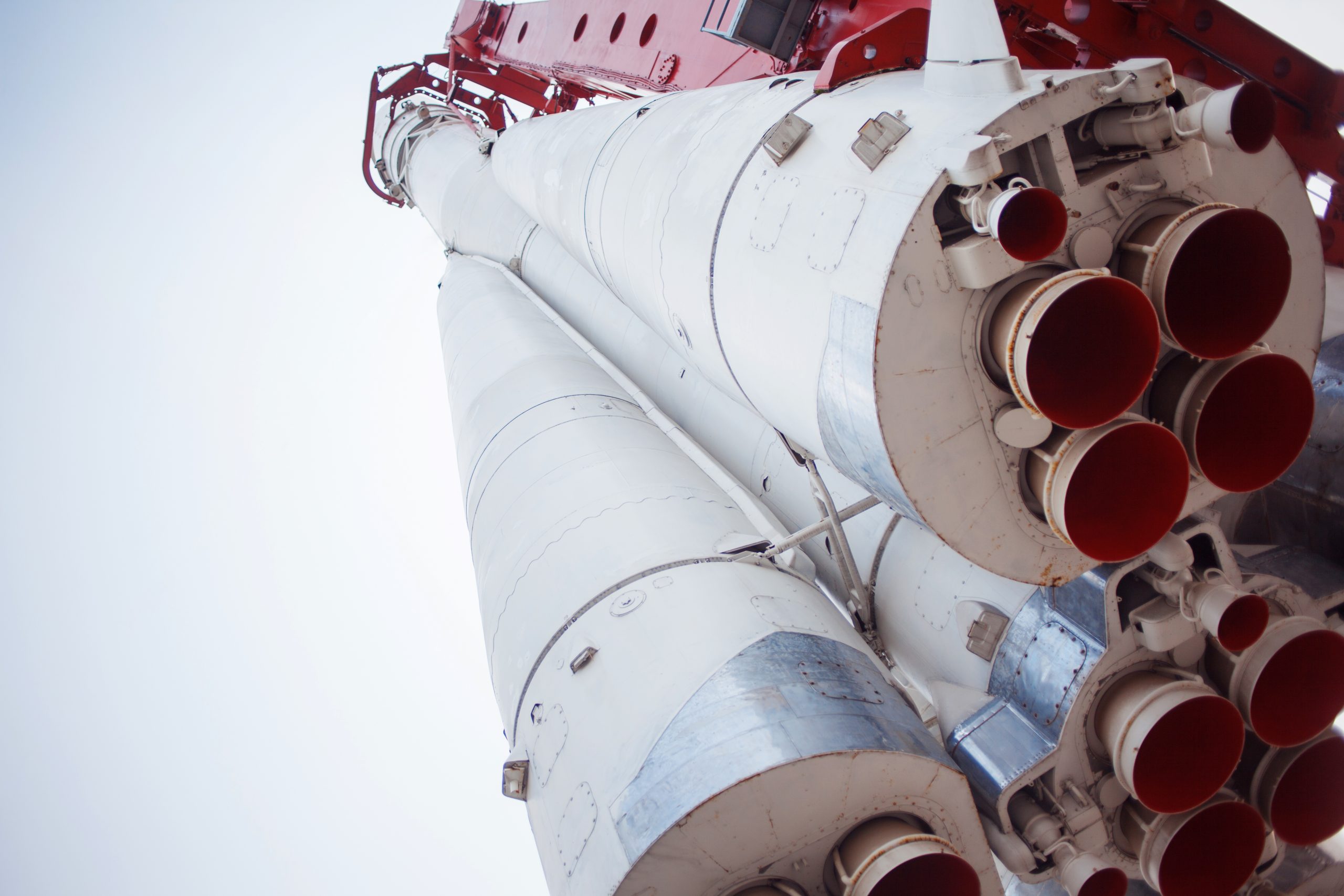 Space exploration is an endeavor where precision and safety are of paramount importance. Space shuttle engines are marvels of engineering designed to operate in the most unforgiving conditions of outer space. These engines must endure extreme temperature variations and maintain their functionality to ensure the safety of astronauts and the success of missions. To achieve this, a sophisticated network of temperature sensors and cooling systems is employed. Among these, snap disc thermostats stand out as critical fail-safe components that guard against catastrophic overheating of the engines. In this article, we will dive deeper into the importance of Temperature Regulation in Space Shuttle Engines. For more information on STEMCO’s Sealed Snap Disc Thermostats, click here.
Space exploration is an endeavor where precision and safety are of paramount importance. Space shuttle engines are marvels of engineering designed to operate in the most unforgiving conditions of outer space. These engines must endure extreme temperature variations and maintain their functionality to ensure the safety of astronauts and the success of missions. To achieve this, a sophisticated network of temperature sensors and cooling systems is employed. Among these, snap disc thermostats stand out as critical fail-safe components that guard against catastrophic overheating of the engines. In this article, we will dive deeper into the importance of Temperature Regulation in Space Shuttle Engines. For more information on STEMCO’s Sealed Snap Disc Thermostats, click here.
The Crucial Role of Temperature Regulation in Space Shuttle Engines
In the vacuum of space, the temperature environment is extreme, with temperatures varying dramatically between sunlight and shadow. Maintaining a safe operating temperature range is vital for the longevity and functionality of space shuttle engines. These engines are typically equipped with primary temperature sensors, which monitor the temperature and trigger the liquid cooling system to activate when temperatures approach critical levels.
Snap disc thermostats on the other hand, are employed as a redundancy mechanism in space shuttle engines to sense temperature and initiate the liquid cooling system IF the primary temperature sensor were to malfunction. Here’s a step-by-step explanation of how this process works: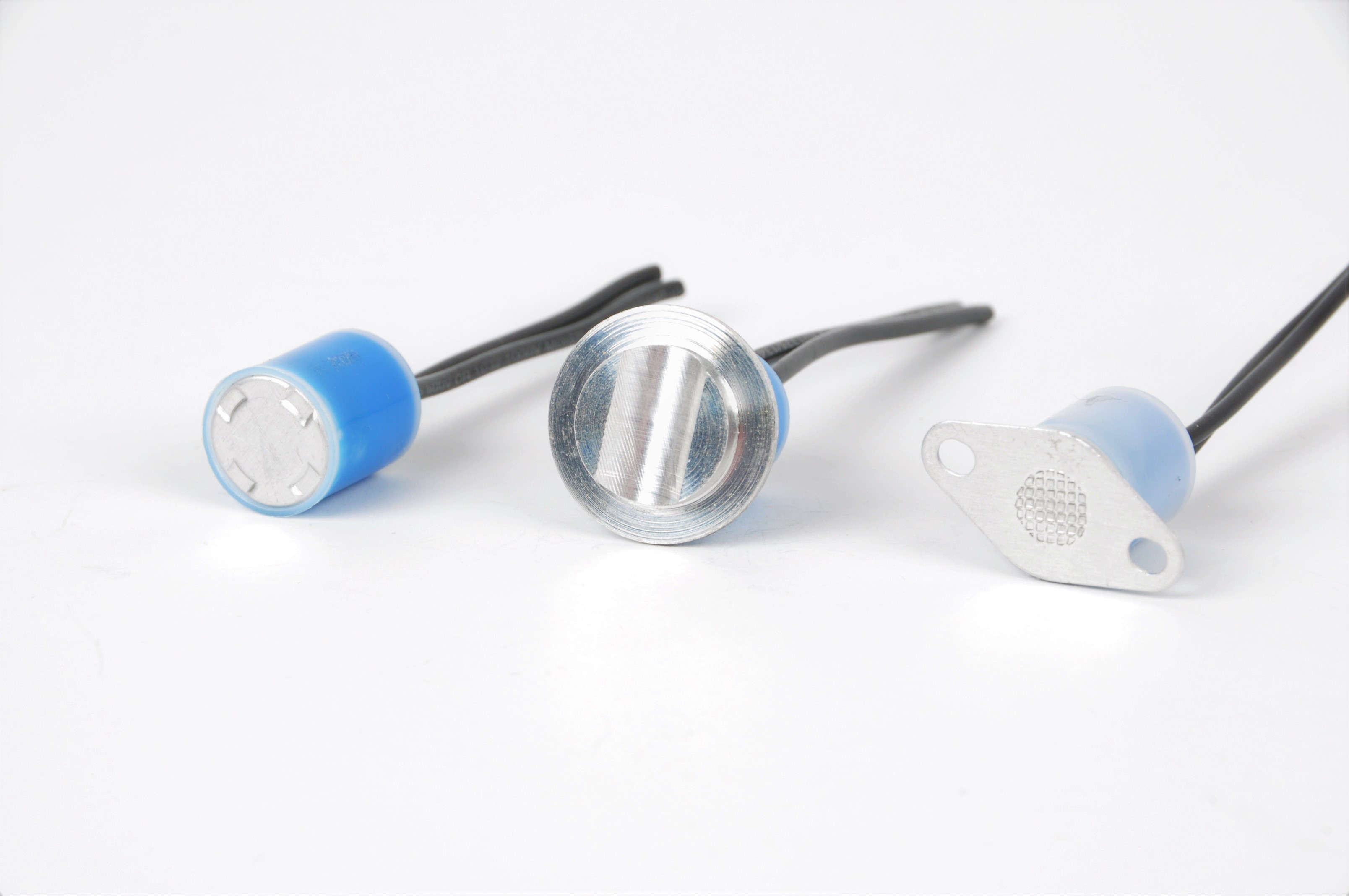
- Snap Disc Thermostat Installation: A snap disc thermostat is strategically placed within the space shuttle engine compartment, in close proximity to critical components that need temperature monitoring. These thermostats are often situated in various locations to ensure comprehensive coverage of the engine.
- Continuous Monitoring: The snap disc thermostat continuously monitors the temperature in its immediate vicinity. It consists of a bimetallic strip, which is sensitive to temperature changes. This strip is designed to have a specific temperature threshold that, when exceeded, triggers a mechanical action.
- Threshold Exceedance: In the event that the engine temperature exceeds the predetermined threshold, the bimetallic strip within the snap disc thermostat responds. When the temperature surpasses this set point, the strip undergoes a rapid change in shape, causing it to “snap” or switch positions.
- Electrical Switch Activation: This snapping action of the bimetallic strip activates an electrical switch within the snap disc thermostat. This switch is connected to the liquid cooling system control circuit.
- Cooling System Activation: When the electrical switch is triggered, it sends an electrical signal to the liquid cooling system. This signal initiates the activation of the liquid cooling system, which then starts circulating a coolant (usually a heat-absorbing fluid like water or a specialized coolant) through a network of channels or pipes in the engine.
- Temperature Control: As the liquid coolant circulates through the engine, it absorbs excess heat generated by the various components. This cooling process helps maintain the engine’s temperature within a safe operating range, preventing overheating and potential damage.
- Redundancy in Action: The primary temperature sensor is continually monitoring the engine’s temperature, and when it functions correctly, it is responsible for controlling the cooling system. However, if the main sensor malfunctions, the snap disc thermostat acts as a critical fail-safe mechanism. It ensures that the cooling system is triggered in a timely manner, preventing the engine from overheating and sustaining damage.
In summary, snap disc thermostats serve as a reliable backup system to detect temperature changes in space shuttle engines. If the main temperature sensor fails or malfunctions, these thermostats step in to initiate the liquid cooling system, preventing overheating and safeguarding the engine’s integrity. This redundancy is crucial for the safety and success of space missions.

